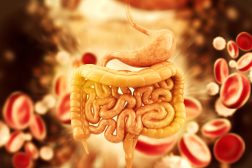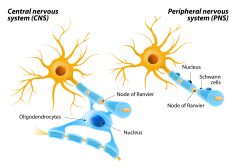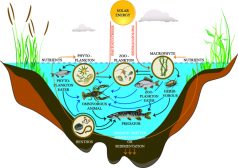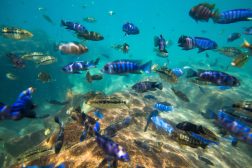Definition
noun, plural: elaioplasts
(botany) A leucoplast that stores oil
Supplement
Plastids are organelles involved in the synthesis and storage of food. They are found within the cells of photosynthetic eukaryotes. In plants, plastids may develop into these forms: (1) chloroplasts, (2) chromoplasts, (3) gerontoplasts, and (4) leucoplasts. Leucoplasts are colourless plastids because they lack pigments. Their role is primarily for storage. Depending on the content of the leucoplasts, they may be amyloplasts, elaioplasts, proteinoplasts, or tannosomes.
An elaioplast is a leucoplast that is primarily involved in storing fats or lipids inside fat droplets (plastoglobuli) in plants (particularly in monocots and liverworts). Plastoglobuli are spherical bubbles containing lipids such as steryl esters. Nevertheless, plastoglobuli are not exclusive to elaioplast. They also occur in other plastids such as chloroplasts particularly when the latter are under oxidative stress or would undergo transformation into gerontoplast.
Elaioplasts are most intensively studied in tapetal cells where they play an essential role in pollen maturation. Tapetal cells have elaioplasts and tapetosomes (oil and protein bodies derived from the endoplasmic reticulum). Both the elaioplasts and tapetosomes contribute to the formation of pollen coat during the final stage of pollen maturation. The elaioplast, in particular, are released by the tapetal cell through lysis. The sterol lipids of the elaioplast coat the outside of the pollen grain. The tapetosomes, in turn, provide proteins to the pollen coat. Elaioplasts should not be confused with oleosomes, which are derived from rough endoplasmic reticulum and stores oil as well. The oleosomes are found primarily in seeds. They are probably used mainly for longer-term oil storage compared with the elaioplasts that are for shorter-term oil storage and synthesis.1
Word origin: Greek élaion (“olive oil”) + plastós (“formed”)
Synonym:
- oleoplast
See also:
Reference(s):
1 Wise, R. & Hoober, J. (2007). The Structure and function of plastids. Dordrecht: Springer. p.10







